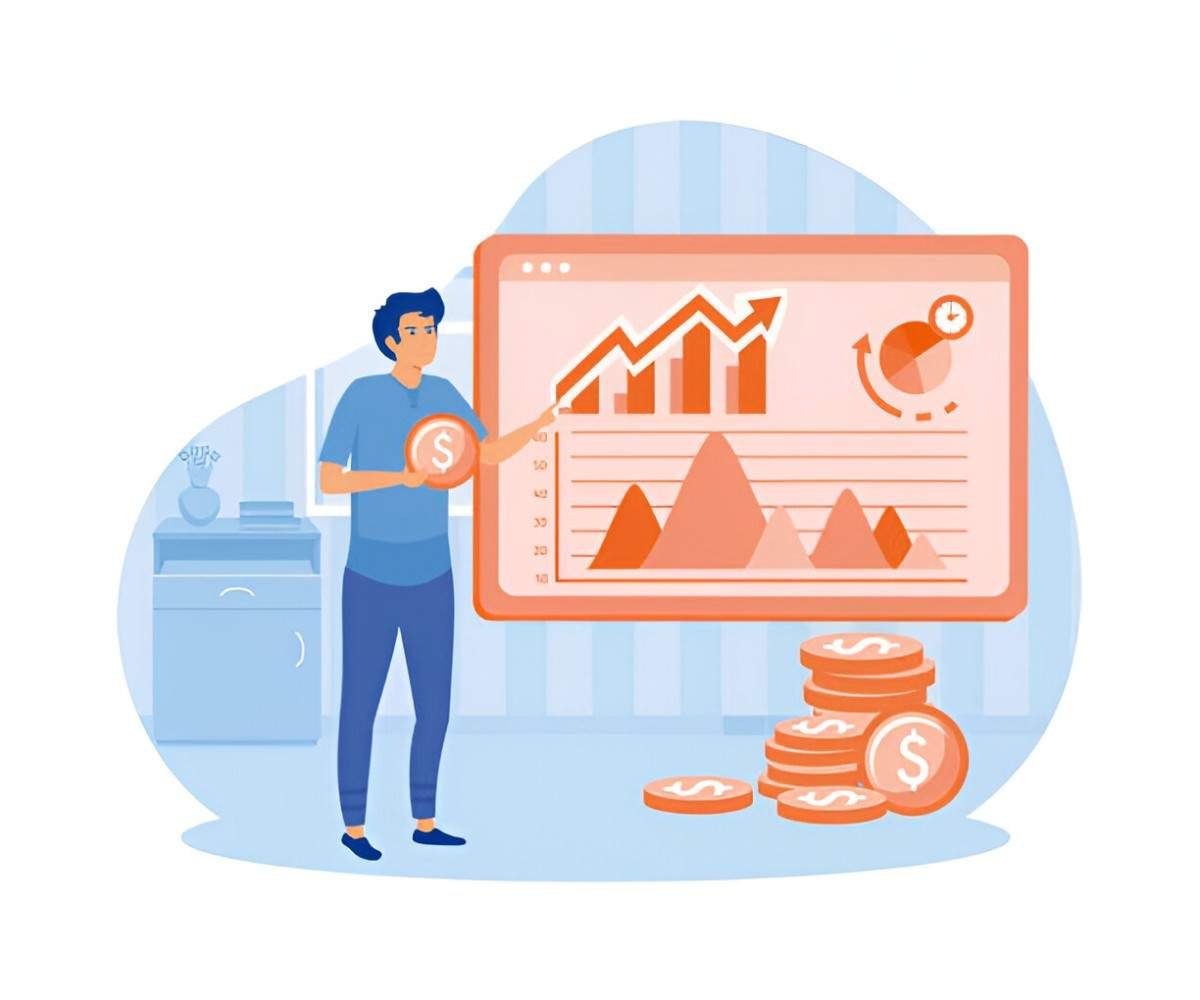As someone who has spent years navigating the financial markets, I understand how overwhelming investing can be for beginners. Managed funds offer a structured way to invest without needing deep expertise. In this guide, I’ll break down what managed funds are, how they work, and whether they might be a good fit for your portfolio.
Table of Contents
What Are Managed Funds?
A managed fund pools money from multiple investors to buy a diversified portfolio of assets, such as stocks, bonds, or real estate. Professional fund managers make investment decisions on behalf of the investors. Instead of picking individual stocks, you own units or shares in the fund, spreading risk across many holdings.
Key Features of Managed Funds
- Diversification: Reduces risk by investing in multiple assets.
- Professional Management: Experts handle investment decisions.
- Liquidity: Most funds allow redemptions at net asset value (NAV).
- Regulation: Managed funds in the U.S. are regulated by the SEC.
Types of Managed Funds
Managed funds come in various forms, each catering to different investment goals. Below is a comparison of common types:
| Fund Type | Primary Investments | Risk Level | Suitable For |
|---|---|---|---|
| Equity Funds | Stocks | High | Long-term growth |
| Bond Funds | Fixed-income securities | Moderate | Steady income |
| Balanced Funds | Mix of stocks & bonds | Medium | Moderate growth |
| Index Funds | Tracks market index | Low-Medium | Passive investors |
| Money Market Funds | Short-term debt | Low | Capital preservation |
Active vs. Passive Management
Some funds are actively managed, where fund managers pick investments to outperform the market. Others are passively managed, tracking an index like the S&P 500.
- Active Funds: Higher fees, potential for higher returns.
- Passive Funds: Lower fees, market-matching performance.
How Managed Funds Generate Returns
Returns come from:
- Capital Gains – Selling assets at a higher price.
- Dividends/Interest – Income from holdings.
The total return of a fund can be calculated using:
Total\ Return = \frac{(Ending\ Value - Beginning\ Value) + Income\ Received}{Beginning\ Value} \times 100Example Calculation
Suppose you invest $10,000 in a fund. After a year, your investment grows to $11,000, and you receive $300 in dividends.
Total\ Return = \frac{(11,000 - 10,000) + 300}{10,000} \times 100 = 13\%Fees and Costs
Managed funds charge fees, which impact overall returns. Common fees include:
- Expense Ratio – Annual fee as a percentage of assets.
- Load Fees – Sales charges (front-end or back-end).
- 12b-1 Fees – Marketing and distribution costs.
Impact of Fees on Returns
Even a small difference in fees can significantly reduce long-term gains. For example, a 1% vs. 0.25% fee on a $100,000 investment over 30 years (assuming 7% annual return):
Future\ Value\ (1\%\ fee) = 100,000 \times (1 + 0.06)^{30} \approx 574,349 Future\ Value\ (0.25\%\ fee) = 100,000 \times (1 + 0.0675)^{30} \approx 807,794The lower-fee fund yields $233,445 more due to compounding.
Tax Considerations
Managed funds distribute capital gains and dividends, which are taxable. Strategies to minimize taxes include:
- Holding funds in tax-advantaged accounts (e.g., IRAs, 401(k)s).
- Choosing tax-efficient funds (e.g., index funds).
Risks of Managed Funds
No investment is risk-free. Managed funds carry:
- Market Risk – Value fluctuates with market conditions.
- Manager Risk – Poor decisions may underperform the market.
- Liquidity Risk – Some funds restrict redemptions.
How to Choose a Managed Fund
Consider these factors:
- Investment Objective – Align with your goals (growth, income, etc.).
- Performance History – Compare long-term returns (5+ years).
- Fees – Lower fees generally mean better net returns.
- Manager Tenure – Experienced managers may offer stability.
Final Thoughts
Managed funds simplify investing by providing diversification and professional oversight. While they come with costs, the right fund can be a powerful tool for wealth-building. Always research before investing and consider consulting a financial advisor if needed.





